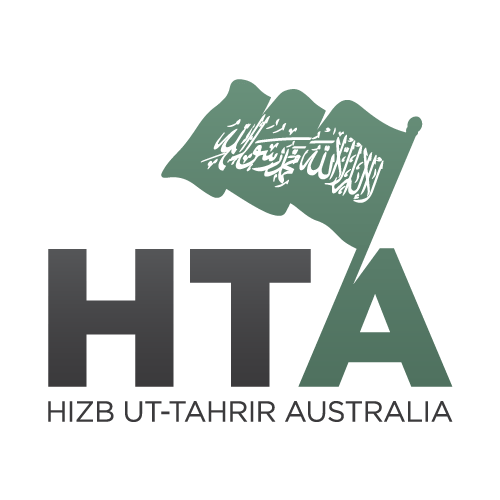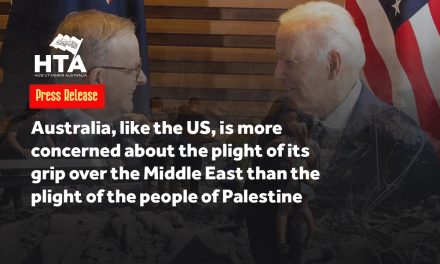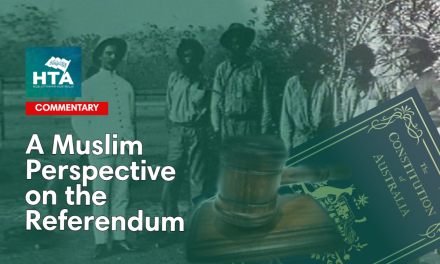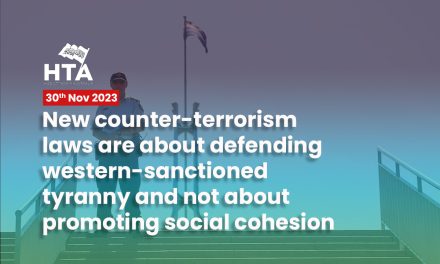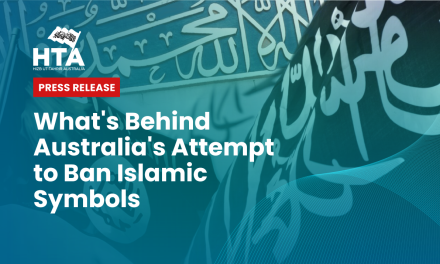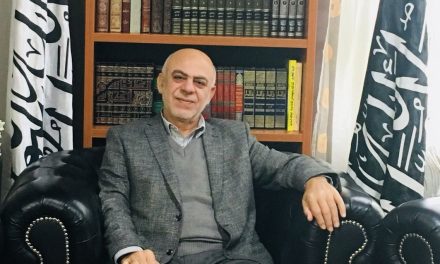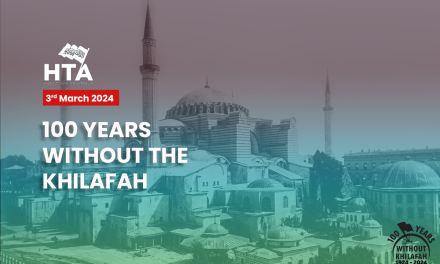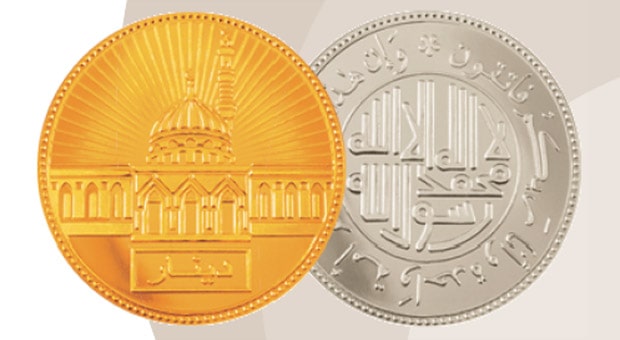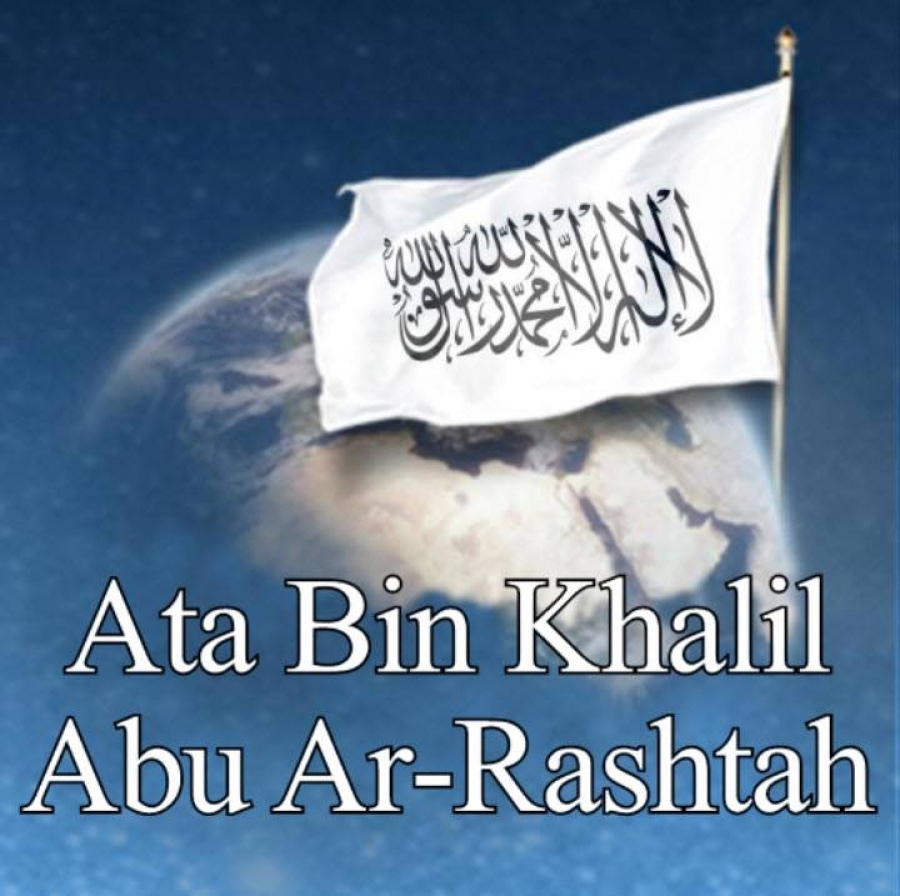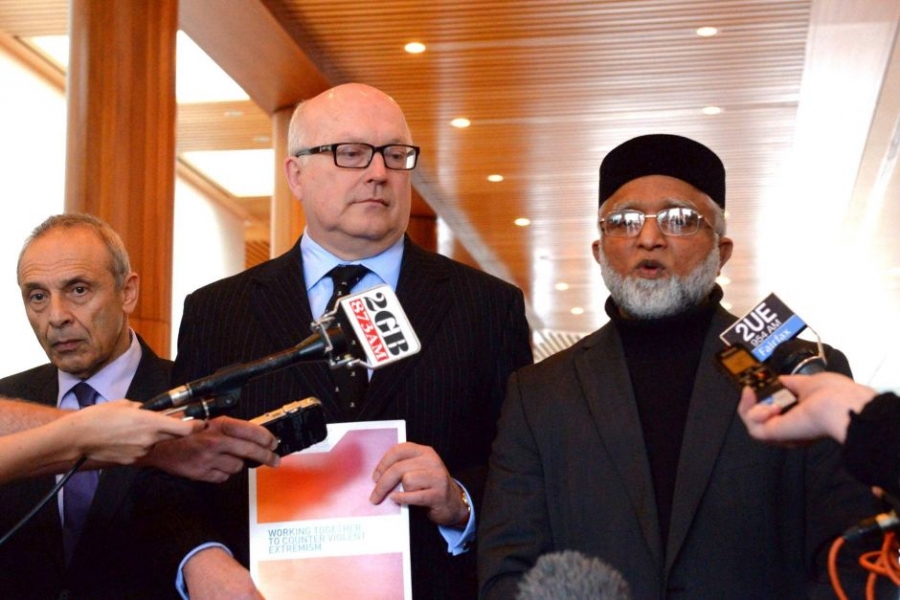This is the first in a series of articles which will seek to explore gold and silver (the bimetallic currency model) as an alternative to fiat currencies. The bimetallic standard model is at the heart of Islam’s conception of economics, but questions abound about its relevance and possibility in the modern world. Is there enough gold to back an international gold standard? How would a gold-backed currency operate? What “benefits” and stability does a bimetallic standard bring? Through this series of articles, we begin to address some of these contentions, and hope you will continue to follow our releases through HT Australia’s online platforms.
With economic growth anaemic at best, new bouts of currency wars, and as countries try successive rounds of currency devaluation via quantitative easing (‘money printing’), the question of whether gold can again be a cornerstone of the world’s monetary system is a question worth exploring. Given Islam’s emphasis on gold and silver currencies, these are issues worth visiting today.
All the currencies in the world gradually became fiat in the 20th century. Fiat (“let it become”) is currency without intrinsic value (unlike gold). It only derives value due to the legal authorities recognising and allowing it as such e.g. for everyday transactions and for tax payments, and for its interest-earning potential i.e. its ability to grow. However fiat currency naturally tends towards its real value — zero, and moreover all the currencies of the world are effective derivatives of the US dollar; if the US dollar is the parent, all other currencies are its helpless young children.
In this context, the US in recent years has carried out a record amount of quantitative easing, amounting to $US4 trillion since the Global Financial Crisis (GFC) struck in 2007-08. Given fiat naturally falls in value, quantitative easing should exacerbate the devaluation further, which is now a looming problem for the US and the global economy. Gold and silver, however, proved their worth time and again, rising sharply in value in the years immediately following the GFC as investors flocked to them for safety. In times of crisis gold is, in effect, the world’s reserve currency, as its intrinsic value can be trusted to hold.
This series of articles will advance the argument that gold is not just for times of crisis but can and should be the currency base of choice to ensure financial integrity, economic stability and sustainable growth.
Central to the sovereign debt, housing and financial derivatives bubbles that the world’s finance markets have seen in the last decades has been the provision of cheap and abundant credit (loans)—money that has been effectively manufactured from the keyboards of private banks and governments. As long as the global financial system allows this effective printing of paper currency to meet demands for loans, government spending, and as a technique to grow the economy—instability will continue.
In the GFC context, the knee-jerk policy option for politicians has been to opt for quantitative easing. This measure – which increases the supply of money (effectively, loans) and devalues government debt – is meant to have been a last desperate attempt to engender economic recovery. Its effect is to lower long-term interest rates in the hope that banks would lend abundantly again.
However this supposed causative connection between increasing the supply of money and economic recovery has not largely materialised, and but it has definitely created the equivalent of a debt tumour; artificially propping up many large businesses with poor fundamental foundations, including many large banks, which otherwise should not have survived the GFC.
With the thorough discrediting of much of the world’s banking system throughout the GFC to date, there is an opportunity to re-examine the pillars of the modern banking system. It is time therefore to consider again alternatives to this unstable fiat currency regime.

“Is there enough gold to back an international gold (or bimetallic) standard?” – one of the major questions when it comes to the bimetallic standard will be addressed in this series of articles.
It is well known that Islam’s viewpoint on money is primarily the use of gold and silver, and other metals such as copper. This series, while elaborating on these points, will also respond to the main arguments cited against the metallic standard in light of recent and historic developments.
Some of the points that will be addressed in following articles are as follows:
- The charge that only the fiat monetary approach, with its cheap credit and endless currency creation, can mitigate the business cycle and its inevitable ups and downs.
- The fear of deflation vis a vis the gold standard.
- The contention that there is too little gold.
- The cost of extracting, mining and transporting gold. This series will contend that while the production costs of paper may be regarded as negligible compared to the costs of extracting, mining and transporting gold, it is the total cost to society of the fiat system that should be considered.
- Whether the Gold Standard is compatible with the fiat system, and whether, to be effective, it requires a non-interest based economy.
- The notion that Islam makes a 100% reserve currency obligatory, not optional. This argument will be advanced based on various Quranic textual evidences.
- The contention that Islam obliges a full gold/silver system.
- The benefits of the Gold Standard which it will be contended are manifestly profound: a system of stability without major cyclical shocks; independent of government manipulation, devoid of inflationary fiduciary issues, currency debasement, international crises and long-term balance of payments deficits.
- The only system of governance that unequivocally insists upon the Gold Standard as a benchmark is the Islamic economy, as applied by the Caliphate model. Islam conceives of a a dual-metallic standard with gold and silver as its cornerstones. No fiat money would be issued by the state, and any paper currency would need to be 100% backed. Gold and silver are both ideal as mediums of exchange: they have intrinsic value (including jewelry and industrial use), are widely available, cannot be dominated (monopolised), and there is a regular yet growing supply of them to meet the needs of the world’s economic growth.
The financial crisis of the last decade has exposed just how much fiat currency systems are at the mercy of the banking system, making phenomenal profits while exploiting wider society. By contrast, Islam provides a non-interest environment in which there is less incentive to take money out of mere circulation.
In order that it does not merely make a circuit amongst the wealthy [Translated Meaning of the Quran: Al-Hashr 59: 7]
We hope you continue to read these series of articles on the bimetallic standard, the next of which will be a discussion on the supposed “manoeuvrability problems with the gold standard”.
![]()
